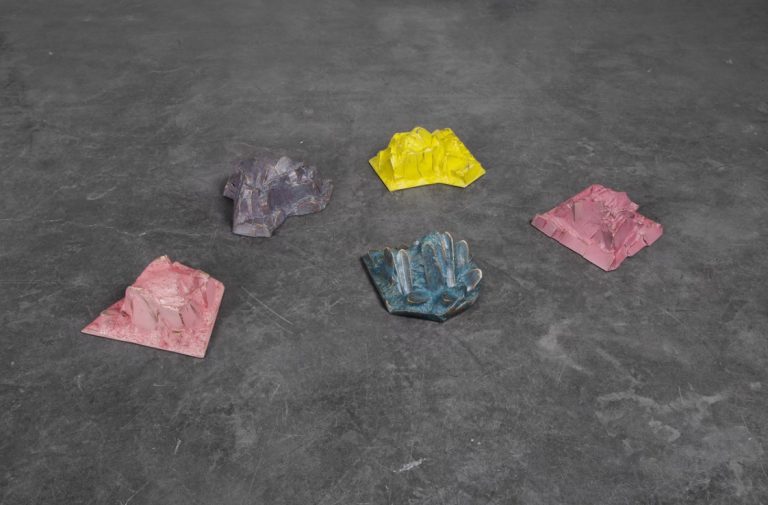Berlin-based Turkish visual artist Ayşe Erkmen has been awarded the Ernst Franz Vogelmann Prize for Sculpture in 2020. As the first woman artist to receive this prize, she will have her sculptures Kuckuck (2003) and not the color it is (2014) displayed in the retrospective exhibition EINS. ZWEI. DREI in Kunsthalle Vogelmann, alongside other works which she has created specifically for this occasion. The exhibition can be visited until November 1st, 2020.
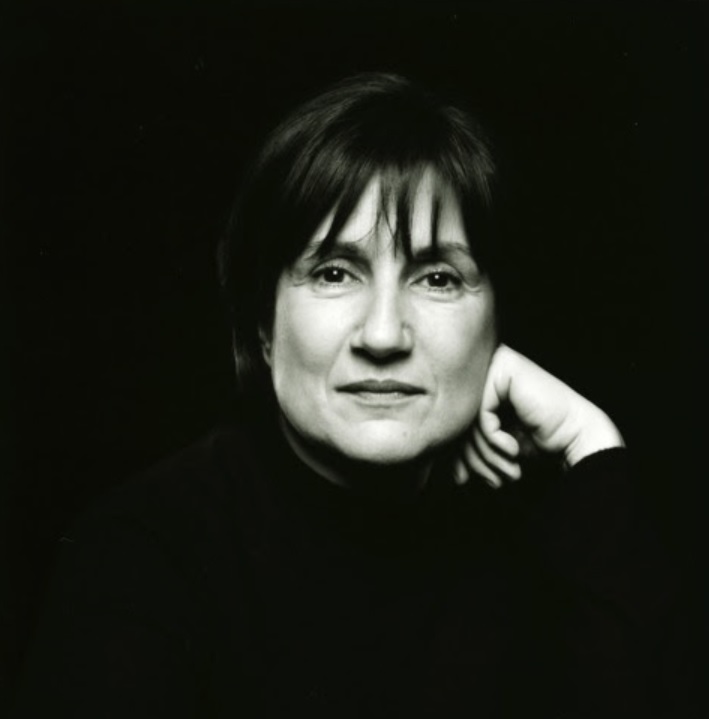
With this excuse, it could be a good idea to get to know this innovative artist. She likes creating works that are not so direct, but fuse many emotions and far reaching ideas. To understand Erkmen’s mindset when realizing her artistic vision, let’s have a look at a few concepts that characterize her work.
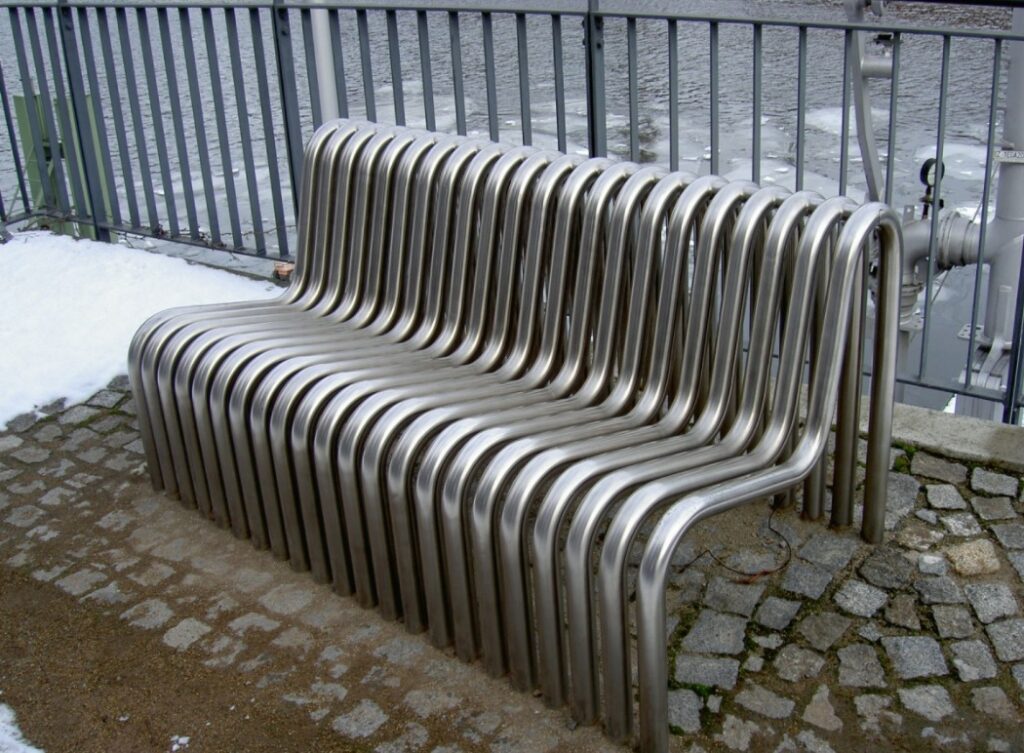
Being art or not: Warme Bänke in Berlin
Straddling between being elegant pieces of art and serving simply as relaxation instruments, Warme Bänke (warm benches) are a set of benches near a thermal power station in Berlin. However, these are not only aesthetically harmonious with the rest of the industrial area but are also functional. With the help of the nearby thermal station, the benches are heated during winter, just like the rest of the district. In the summer, however, they only function as fancy steel benches. She an artist who likes making use of the available resources in an area. Here, Erkmen strove to design a set of artful benches that also provide a bit of warmth during the cold winter days in Berlin.
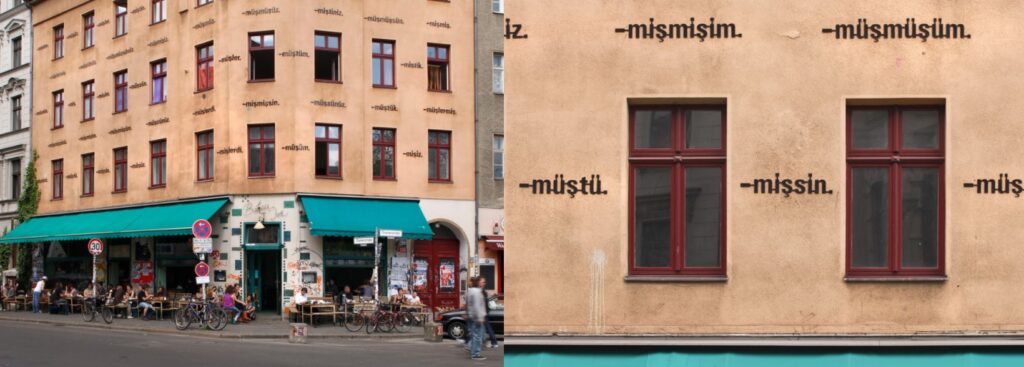
Referencing her background: Am Haus in Kreuzberg
The visual artist designed Am Haus after moving away from her country for the first time in her life. Born and raised in Istanbul, Turkey, Ayşe Erkmen moved to Berlin, Germany in 1994. This was part of a German academic exchange program for artists. Here, alienated from her mother tongue, she explains that she grew more interested in certain grammatical aspects of Turkish language.
For example, its ability to clarify a lot of things only with suffixes. Therefore, Erkmen adorned a building in the Kreuzberg neighborhood with the Turkish suffix -miş conjugated and added to verbs. This conjugation means that the execution of an act hasn’t been witnessed by the subject but only heard from somebody else or inferred from a situation. Fascinated by the power of this little suffix to make such a detailed explanation, the artist decided to cover the facade of a residential building with all the conjugations of this suffix.
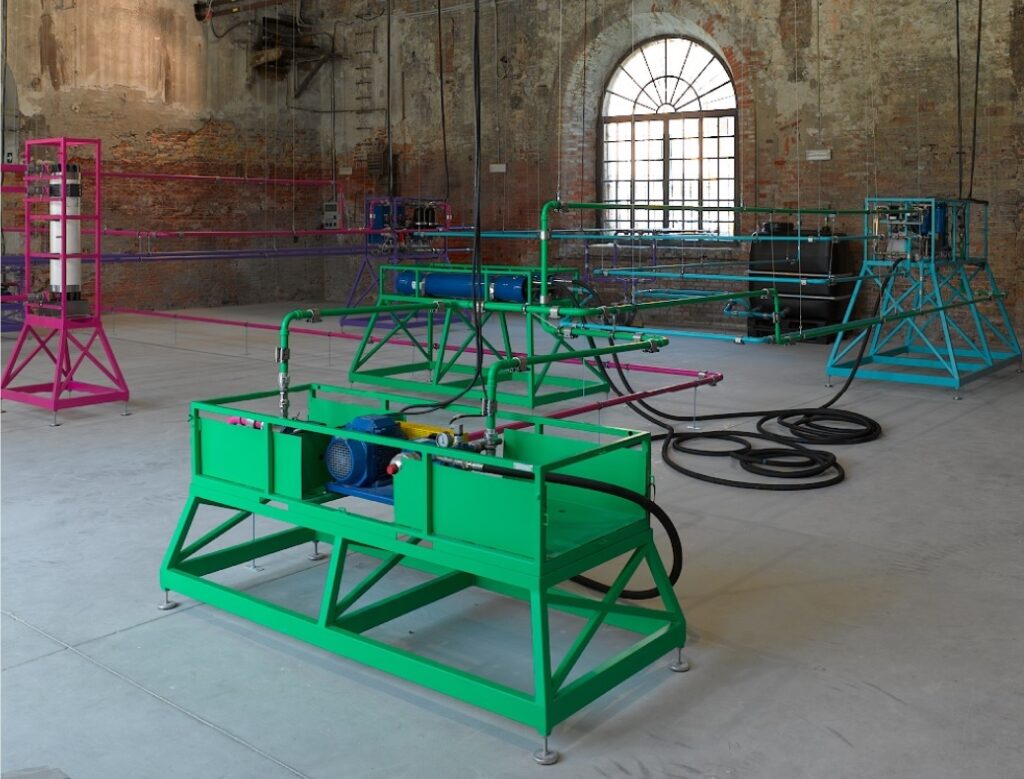
Not looking for a result: Plan B in Venice
Designed for Venice Bienale in 2011, Plan B is both a sculpture and a water purification system. Here, Ayşe Erkmen interprets her design as a microcosm of Venice. That is to say, these colorful pipes carry water from one side of the canal to the other, as Venetian waterways do. Through the exhibition room, while the water is being transitioned from one side to the other, the purification system purifies the canal water and brings it to a drinkable level. At the end of the installation, however, the purified water discharges back into the huge canal.
However, this does not conclude in any tangible benefit for the viewers. The artist explains that bringing a result would, in fact, cancel the work. That is to say, as an artist who is always after the indirect and thought-provoking, Erkmen argues that with a tangible end-product, people would only be interested in the result and not with the purpose and philosophy of the whole creation.
If you live in Germany or plan to visit soon, don’t miss the chance to see Erkmen’s work in person in Kunsthalle Vogelmann, Heilbronn. The rest of the exhibition is just as interesting.
Sources referenced:
Read more about contemporary artists:
